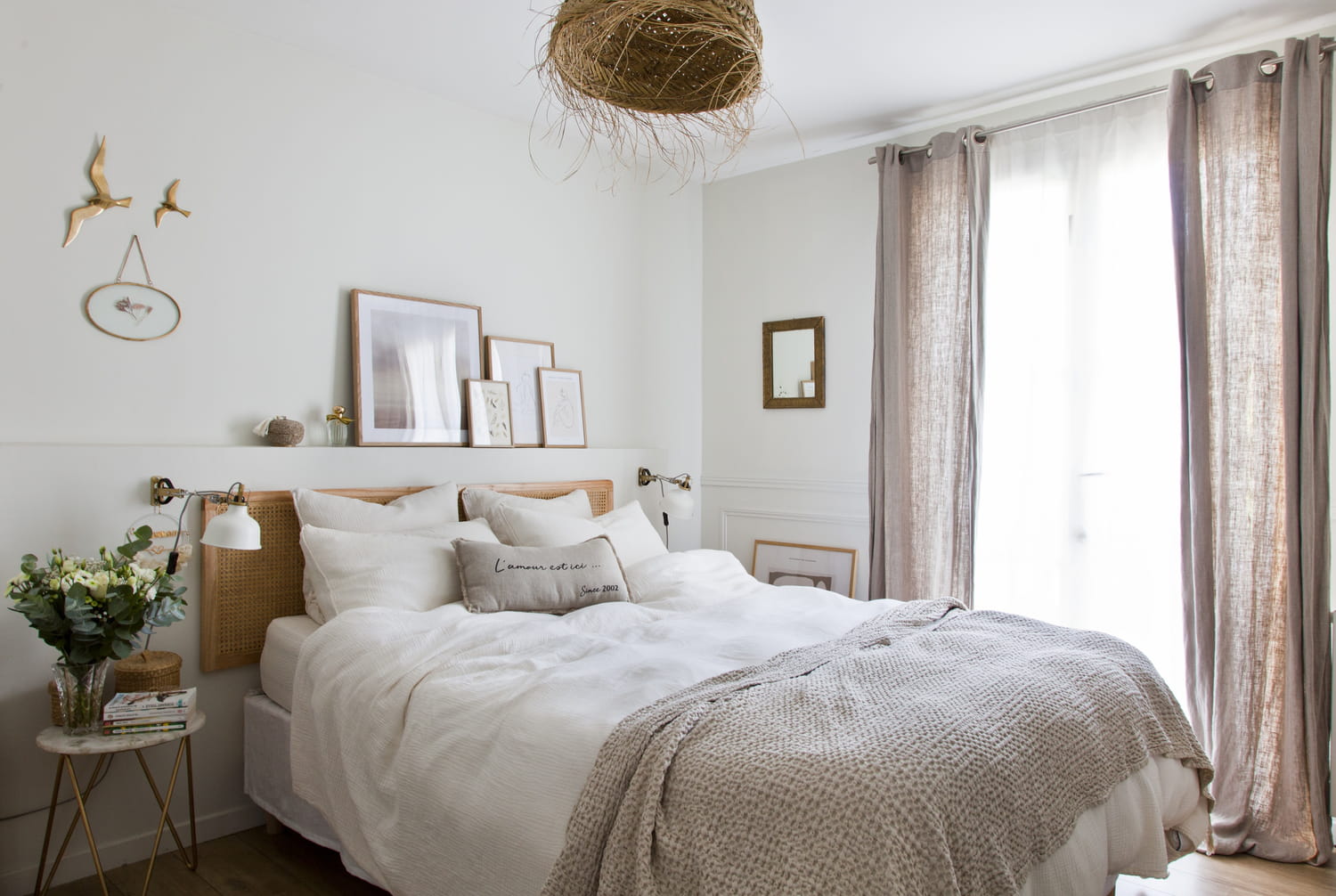Choosing the orientation of the bed in a bedroom can be seen as a trivial detail when, on the contrary, it should not be done lightly.
Among our elders, this was a primordial question. They knew that the direction in which one sleeps could influence not only the quality of sleep, but also general well-being and the ambiance of the room. Over time, these precepts were lost or ignored, often dominated by practicality rather than traditional wisdom.
In many cultures, from Japan to India to parts of Europe, specific rules surround the arrangement of furniture. These recommendations are not limited to simple aesthetics: they focus on the flow of energy, what some call “chi” or “prana”, and on harmonization with natural elements. For these people, the bedroom is much more than a space of rest: it is a sanctuary, a refuge that must be configured to revitalize the body and mind every night.
However, over the decades, while interior design tends to standardize spaces, this attention has been lost. Many now choose bed position based on available space or view, without considering the profound implications of orientation on sleep. But those who know about it know how essential it is.
One direction, in particular, was once carefully avoided: sleeping with your head facing north. According to tradition, this orientation would profoundly disrupt the quality of sleep by disrupting the energy of the room. Natural forces, the magnetic presence of the Earth and the circulation of energy would then be thwarted, causing insomnia, fatigue and sometimes even deeper disorders.
Thus, far from all superstitions, it is recommended to favor an orientation towards the east or the south-east, directions which would promote restful sleep, filled with vitality. The east symbolizes renewal, morning light, daily rebirth, while the southeast invites you to energize the room with a gentle and protective energy. These ancient tips deserve to be reintegrated into our homes to cultivate well-being and serenity.


